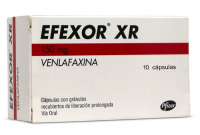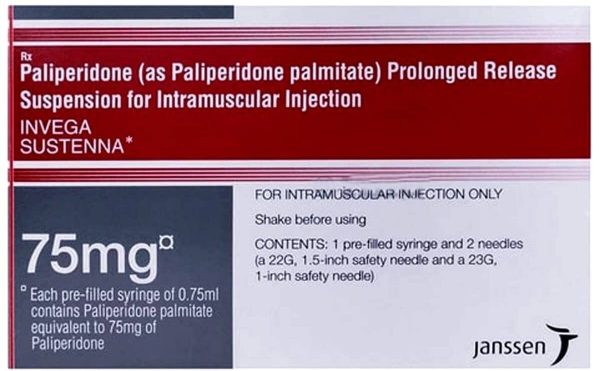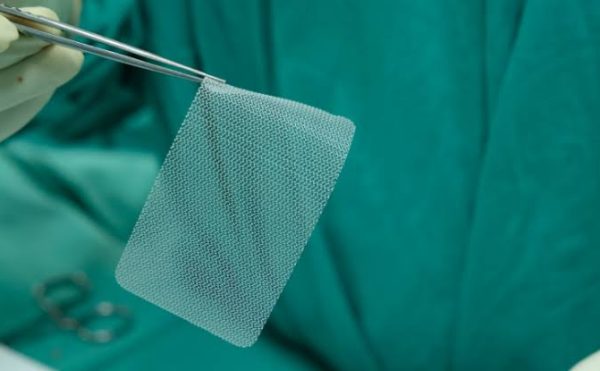Autoimmune sufferers must be familiar with Xeljanz. It is one of the medication treatments for autoimmune diseases. Yet, people should know the details of this medication treatment further. If you or your loved one is the sufferer, you might wonder about “How long does Xeljanz stay in your system?”. Read on for more info!
What is Xeljanz?
Before we talk further about “How long does Xeljanz stay in your system?”, discussing Xeljanz in common is necessary first. Xeljanz is a brand name for a medication called tofacitinib. It is a prescription medicine used to treat certain autoimmune conditions.
It is particularly a medication for rheumatoid arthritis, psoriatic arthritis, and ulcerative colitis. Tofacitinib is an instance of a medicine that belongs to a class known as Janus kinase (JAK) inhibitors. These medications work by targeting specific enzymes involved in the inflammatory process.
In the case of rheumatoid arthritis and psoriatic arthritis, Xeljanz helps reduce joint pain, swelling, and damage. For ulcerative colitis, it can help in managing symptoms associated with inflammation of the colon.
Furthermore, people also should know that Xeljanz has potential side effects, and its consumption should be supervised by a healthcare professional. Common side effects may include upper respiratory tract infections, headaches, and high blood pressure.
As with any medication, the benefits and risks should be discussed with a doctor before starting treatment. Based on Inspire, autoimmune diseases like psoriatic arthritis and rheumatoid arthritis result from an overactive immune system. In this case, immunosuppressants serve to dampen this system.
Tofacitinib reduces inflammation by blocking the pathway that initiates the immune response by suppressing particular genes in the skeleton and joints. When methotrexate is ineffective in treating arthritis, tofacitinib is often recommended as an additional course of treatment.
Due to its effect on the immune system, tofacitinib is typically not recommended for individuals who already have infections or other disorders that impact the immune system. The tablet version of tofacitinib is for oral administration.
How Long Does Xeljanz Stay in Your System?
If the question is “How long does Xeljanz stay in your system?”, here are the relatable responses. Based on the data from Pfizer Medical Information, there was a dose-dependent decrease in circulating CD16/56+ natural killer cells after XELJANZ treatment.
However, the treatment with the greatest decrease occurred about 8-10 weeks after treatment began. Within two to six weeks of stopping medication, these side effects usually go away. B cell counts increased in a dose-dependent manner in patients treated with XELJANZ.
The numbers of circulating T-lymphocytes and the subsets of these cells, namely CD3+, CD4+, and CD8+, showed minor and variable changes. We don’t know what these changes mean for the clinic. After 6 months of treatment, RA patients’ total serum IgG, IgM, and IgA levels are lower than those of placebo.
In addition, the pharmacodynamic half-life of XELJANZ is longer than the pharmacokinetic half-life. Since the changes in CRP seen with treatment do not completely revert within 2 weeks of withdrawal. Patients with active psoriatic arthritis have also shown similar alterations in T cells, B cells, and serum C-reactive protein.
Albeit the reversibility of these changes has not been evaluated. Nonetheless, patients undergoing treatment for active psoriatic arthritis do not have their total serum immunoglobulins tested. In addition, if we talk about how long Xeljanz stays in your system, it also gives additional answers according to its type.
1. Xeljanz Oral Solution
How long does Xeljans stay in your system for the Xeljanz oral solution? When given orally, XELJANZ/XELJANZ Oral Solution reaches plasma peak concentrations in half an hour to an hour and a half. Besides, in the therapeutic dose range, systemic exposure increases proportionally with dose.
After two doses per day, concentrations reach a steady state in about one to two days with very little buildup.
2. Xeljanz XR
In this case, peak plasma concentrations occur in 4 hours after oral administration of XELJANZ XR. Besides, the half-life is approximately 6 to 8 hours. After once-daily dosing, steady-state concentrations are reached after 48 hours with minimal buildup.
The Dosage to Consume Xeljanz
After discussing “how long does Xeljanz stay in your system”, you also necessarily need to know about its dosage. Below is a further explanation.
1. Dosage for Children
A rheumatic illness that impacts children and adolescents, Xeljanz is authorized for use in the treatment of active polyarticular juvenile idiopathic arthritis (JIA) in children as young as 2 years old.
When dosing Xeljanz to children under the age of 18, the dosage will be given based on their weight in kilograms (88 pounds). Doses for children exceeding 40 kg are identical to those for adults.
2. Dosage for Restrictions
After discussing “how long Xeljanz does stay in your system”, we must discuss its dosage for restrictions. People with renal or liver problems will have their Xeljanz doses reduced because tofacitinib goes away from the body via either the kidneys or the liver.
The risk and severity of adverse effects, especially serious infections, rise when tofacitinib concentrations in the blood are higher due to kidney or liver issues. A lower dose may also be necessary for patients taking certain medications because they inhibit the liver enzymes that are responsible for tofacitinib’s breakdown.
Additionally, tofacitinib inhibits WBC synthesis in the bone marrow. When fighting off infections and even some cancers, white blood cells are among the body’s initial lines of protection. A decrease in the number of oxygen-carrying red blood cells can also be a result of bone marrow suppression.
Nevertheless, patients taking Xeljanz should take regular blood tests. Xeljanz will be discontinued or doses will be reduced in half if blood levels become too low. While some patients with prior medical issues may safely take Xeljanz at recommended dosages, they should be closely monitored for any unwanted side effects.
People who are already sick or at risk for infection or cancer should be closely monitored while taking Xeljanz since it lowers the immune system.
People who are already at high risk for gastrointestinal issues (like diverticulitis), cardiovascular issues (including heart disease or stroke), or blood clots (thrombosis) should exercise extra caution.
Now, Do You Know How Long Does Xeljanz Stay in Your System?
Understanding “how long does Xeljanz stay in your system” is very crucial for those who take this medication treatment. As we have discussed before, this medication might cause such complications. Therefore, you must learn further to earn more knowledge about it will decrease complications.
Bagikan










